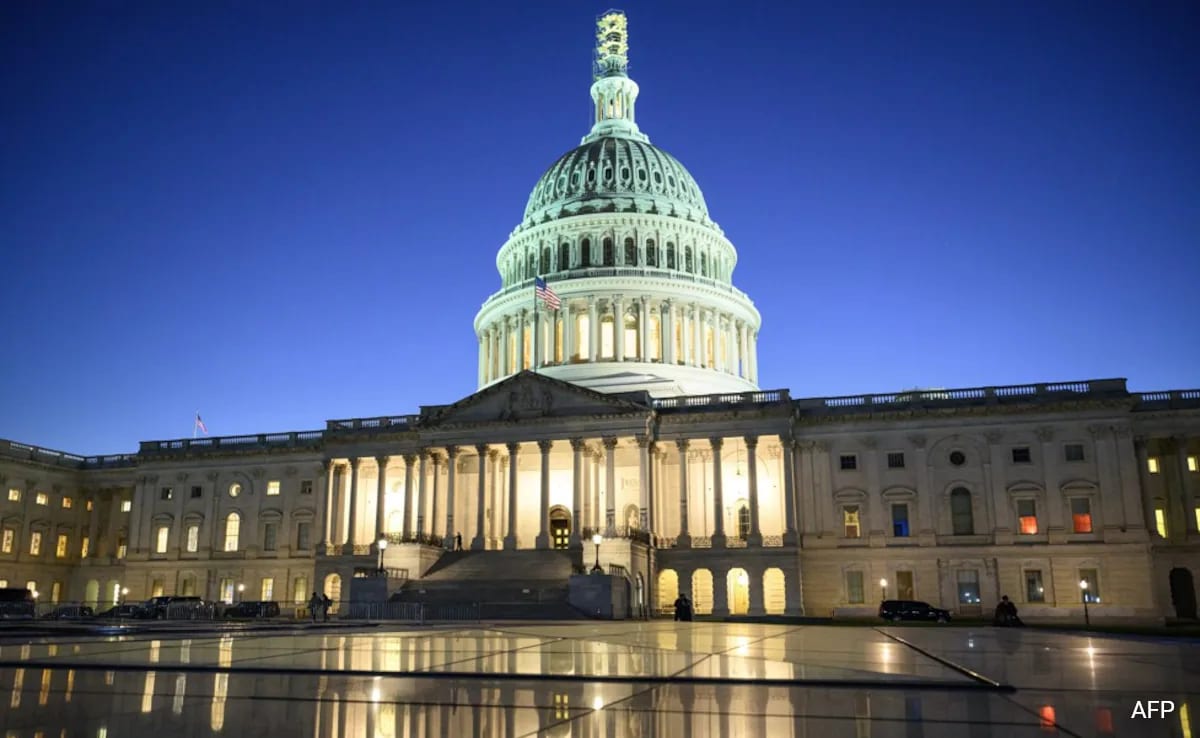US President-elect Donald Trump’s Republican Party has won enough seats to retain its control over both chambers of Congress – the House of Representatives and the Senate – cementing its dominant performance in the 2024 United States elections. In Washington DC’s political parlance, when a president’s party also controls the Congress, it is called “a governing trifecta”.
With Republicans cementing their grip on the “Washington trifecta”, Mr Trump, after taking charge of the Oval Office, will have much more sweeping authority over the next year to implement his legislative priorities, including major poll promises to enact immigration controls and reduce regulations on Wall Street and the energy industry among others.
Had he not won majorities in Congress, Mr Trump’s resounding victory over Democrat rival Kamala Harris would still have given him significant control over the formation of the federal government and US foreign policy, both of which are likely to see a significant change during his administration. However, with a governing “trifecta”, the incoming President will also be able to get easier approvals for his nominees for posts in his administration – something he had struggled with during his first term back in 2017 when internal resistance within the Republican Party was significantly higher.
How Does US Congress Work?
The US Congress has a total of 535 members, including 100 representatives in the Senate and 435 in the House of Representatives. Each of the 50 states in the US sends two Senators to the US Senate. However, the state’s representation in the House of Representatives is based on its population. For example, a smaller state like Vermont has one representative while large states like California have 53 representatives
The term of members of the House of Representatives is two years and all 435 seats are considered for reelection every even year. This marks a stark contrast with the Senate, the upper chamber of Congress, where senators serve six-year terms. Elections to the Senate are staggered over even years so that only about 1/3 of the Senate is up for reelection during any election.
The single-party control of Congress, which was once common, has become rare and short over the past few decades, with the party in power losing seats when midterm congressional elections are held every two years. Both former President Trump and President Joe Biden enjoyed “trifectas” for their first two years in the White House, but the dynamics changed following midterm polls.
Does ‘Trifecta’ Guarantee Absolute Power?
A ‘trifecta’ is no guarantee against political infighting. Despite the Biden administration having “trifecta” from 2021 to 2023, internal dissent stymied certain policy priorities, with figures like Arizona’s independent Senator Kyrsten Sinema resisting party orthodoxy.
A major obstacle in the way of total control by either party is that it requires a three-fifths majority – or 60 votes out of 100 – to pass bills in the Senate. Therefore, to bypass the filibuster or the tradition of unlimited debate, a party needs a healthy majority in the Senate. Hence, should a party have a simple majority in the Senate, it needs to reach across the aisle to get a bill passed.
As per a report in the New York Times, Mr Trump is likely to get a healthy majority in the Senate this time around. However, despite that, he may not have the magic 60 seats that would allow him to overcome opposition attempts to delay legislation.
Moreover, there are already signs that Donald Trump may not have his way at all times, with his party selecting John Thune as the Senate majority leader despite Rick Scott being reportedly favoured for the post by by Trump.
Though Mr Trump did not officially endorse Scott, the American media is seeing Mr Thune’s selection as a sign that some Republican lawmakers are asserting their independence.
How The “Trifecta” Can Benefit Trump
All said, if managed astutely, a “trifecta” can open the way for the possibility of significant legislative initiatives. A majority in both chambers of Congress may give Mr Trump an advantage in pushing through his right-wing agenda and big poll promises like the largest deportation of migrants in history, sweeping tariffs on foreign imports, and the rolling back of environmental protections.
As per the NYT report, using legislation to achieve these goals will make them much harder to overturn in the courts, especially with the judicial landscape also in Mr Trump’s favour. In his first term, the former President was able to put three conservatives in the Supreme Court – cementing a two-thirds majority for years to come. He also named more than four dozen judges to the federal appeals courts, bending several circuits to a more conservative bent.






